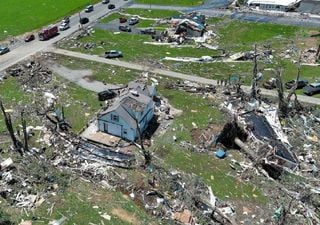Early warning systems: the key to climate adaptation
With extreme weather events on the rise due to climate change, early warning systems are becoming increasingly essential to protect lives and minimise economic impact.
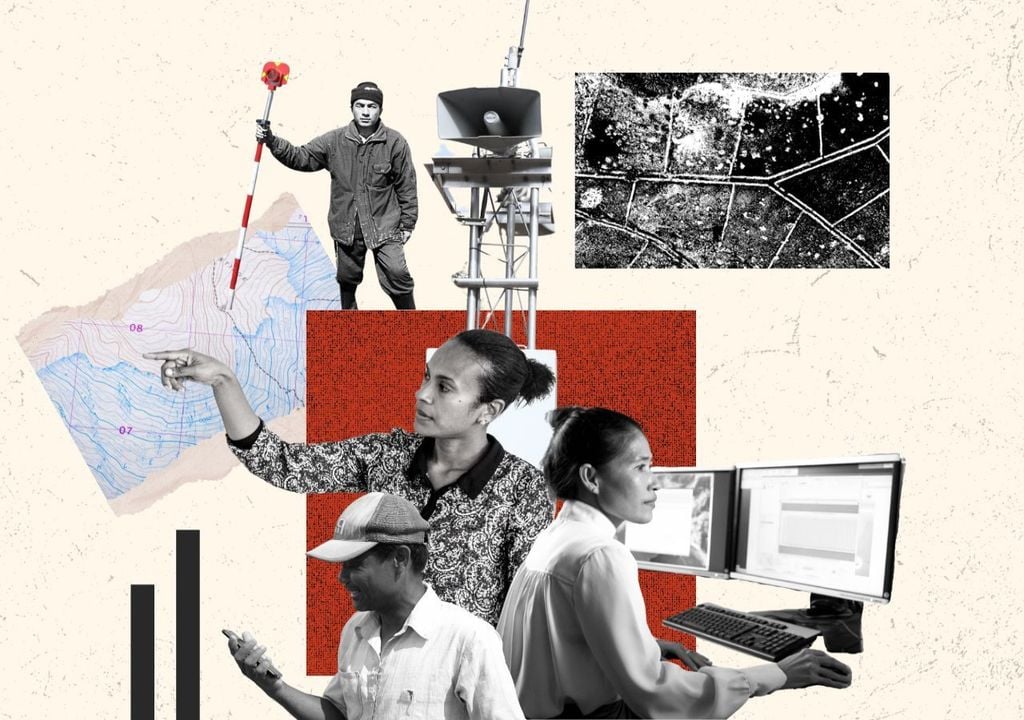
Early warning systems are essential to mitigate (reduce, alleviate) the impacts of extreme weather events such as storms, floods, heat waves and landslides. However, few countries have robust systems in place due to challenges such as lack of investment, data gaps and communication barriers.
Let's understand how these systems work , their importance in the face of climate change and the obstacles to their implementation .
What are early warning systems?
These systems integrate historical knowledge on climate vulnerabilities, weather monitoring and forecasting, information dissemination and response strategies.
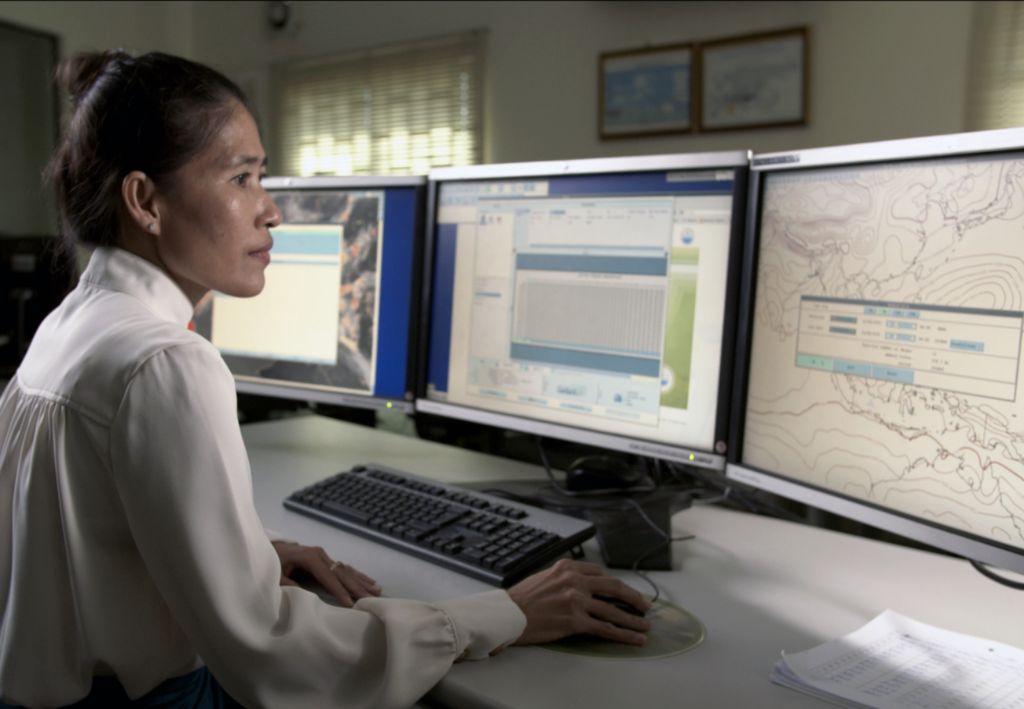
Early warning systems enable people and communities to be aware of potentially damaging weather events and have safe alternatives to cope with them , such as shelters.
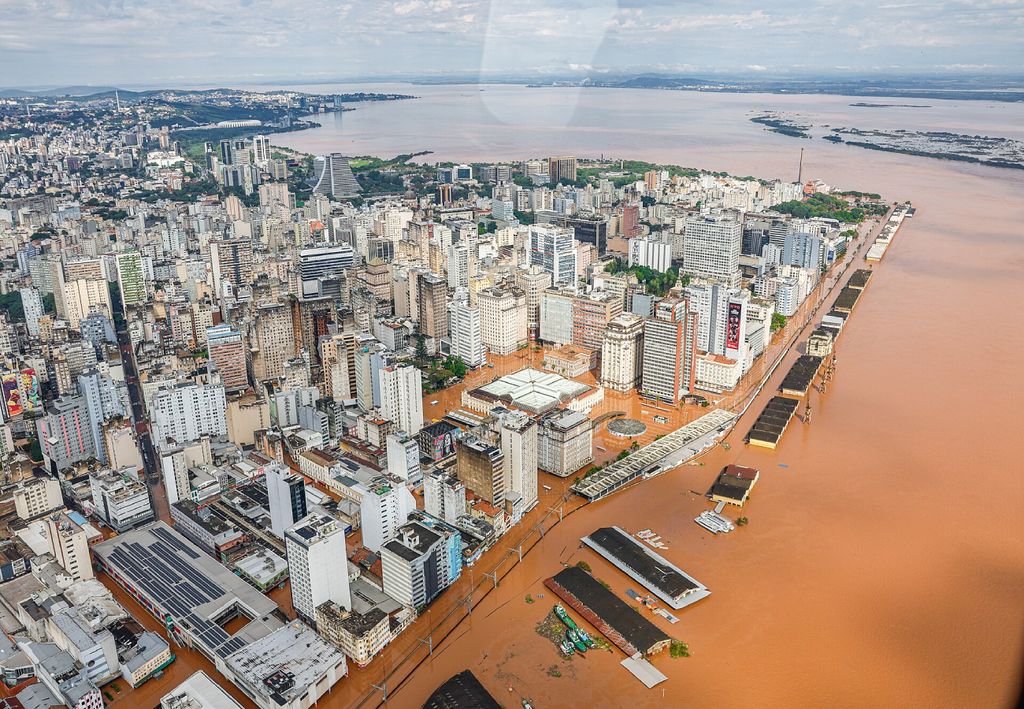
One need only recall recent tragedies, such as the Rio Grande do Sul floods in May 2024, to understand the impact. With an alert system and, above all, a response system, many lives could have been saved . Below, we analyse the four essential pillars of an effective system.
Risk awareness
Implementation begins with mapping regional climate patterns and risks.
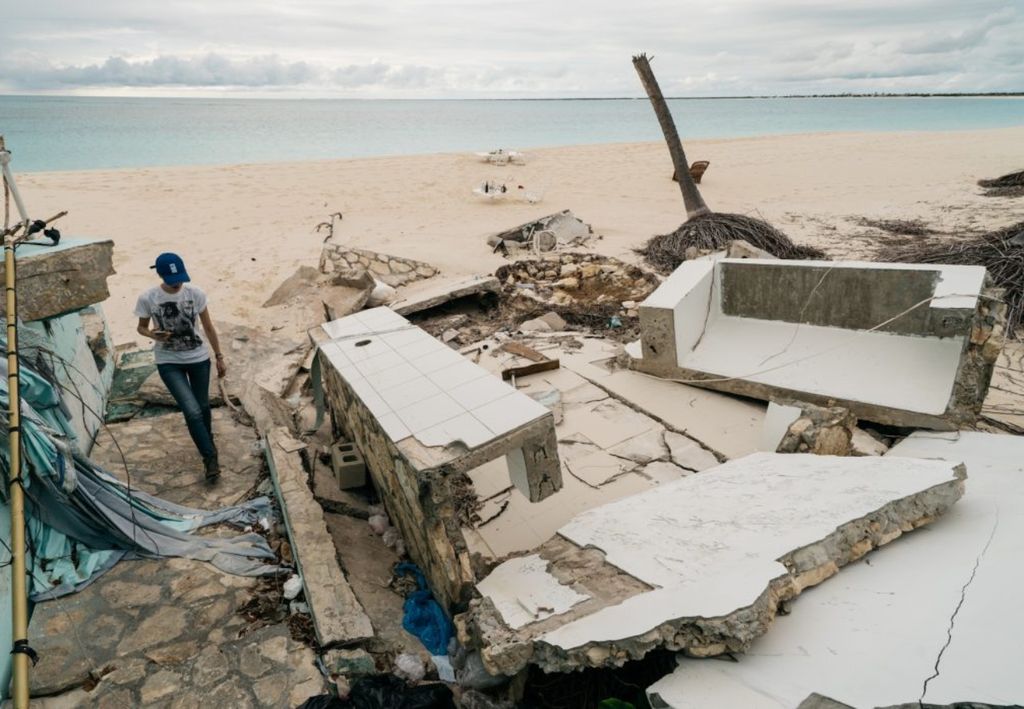
Each location has a preferred type of extreme event, and mapping it requires robust investments in scientific research at the international, federal and state levels, ensuring that public policies are based on scientific evidence.
Monitoring and forecasting
Weather forecasting is based on networks of weather stations , radars , satellites , and computer models . A solid observational database is essential for accurate predictions.
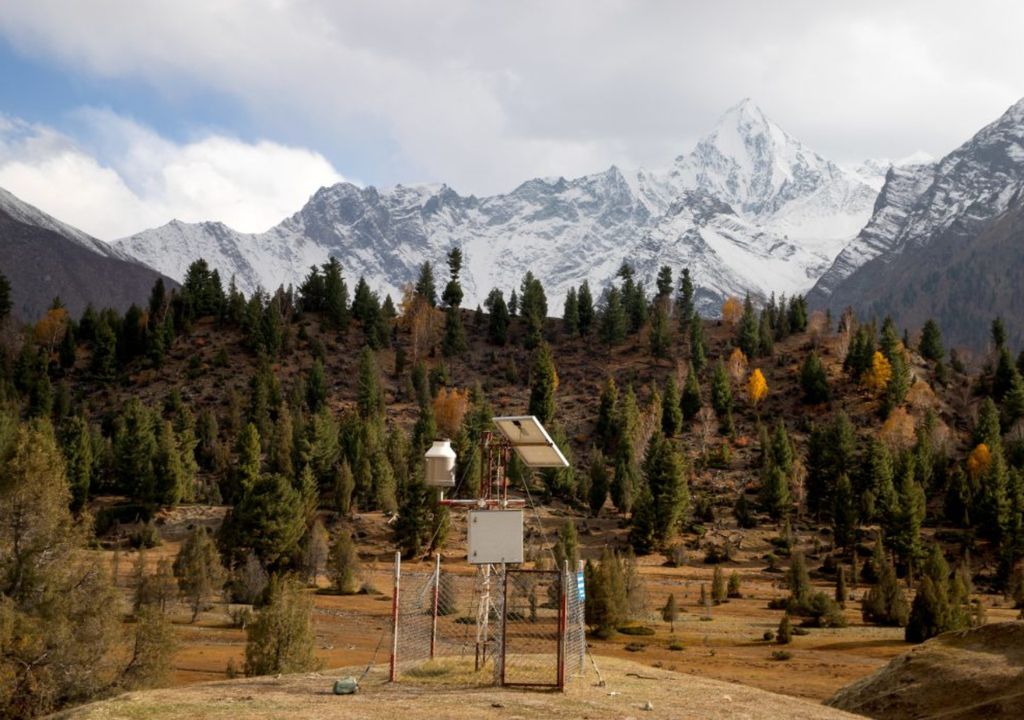
To achieve this, investments are needed at the federal and state levels , both in the form of infrastructure, for the installation and maintenance of meteorological stations and radars, for example, and in the expansion of the hiring of qualified professionals to meet these demands.
Dissemination and communication
Weather warnings must be clear, accessible and disseminated through multiple channels, such as television, radio, internet and SMS. In addition, educational campaigns are essential to raise public awareness about the interpretation and importance of the warnings.
In the image below we have gathered two valuable examples that illustrate this theme. On the left, a child thanks NOAA meteorologists for predicting the March 2, 2012 tornado that helped keep them safe . On the right, children in Tanzania study the weather on a whiteboard. Integrating weather into school curricula is essential to addressing climate change .
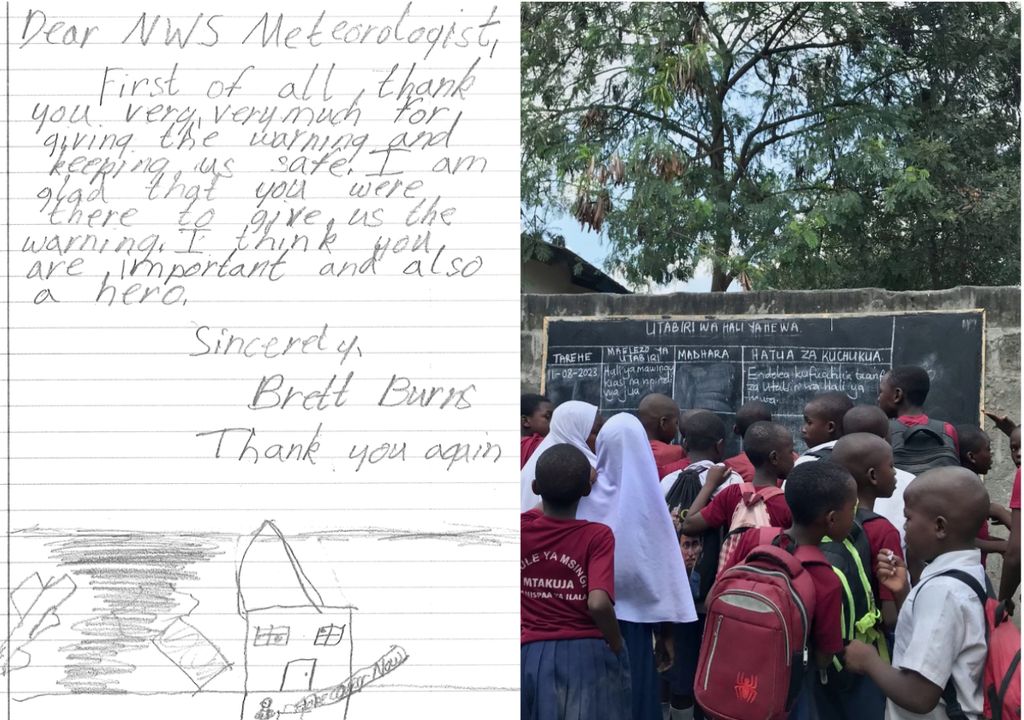
Investment must be broad, spanning federal, state and municipal levels, to ensure that information reaches everyone effectively.
Preparation and response
It is not enough to issue warnings; it is necessary to ensure that vulnerable populations are protected . If a heat wave is forecast, for example, measures such as distributing water and suspending activities can be taken. In the event of flooding or landslides, the removal and sheltering of riverside and vulnerable communities is essential. Each type of event requires a different type of planning and response.
At this point it is necessary to municipalize the action, guaranteeing a rapid and effective response.
It is essential to finance the necessary investment in housing, security and food infrastructure for vulnerable communities. Investments must be made at the global level (so-called climate justice , where the biggest polluters must " foot the bill " by helping vulnerable populations), federal, state and municipal, ensuring maximum system effectiveness.

The creation of an effective early warning system is complex , urgent and necessary.
Monitoring the weather, predicting extreme events, alerting the population and offering safe solutions are essential measures to minimize damage . However, budgetary and political challenges still limit their implementation, so a collective effort is essential to overcome these barriers.
News reference:
What are early warning systems and why do they matter for climate action? , Published on February 28, 2025 by UNDP.






